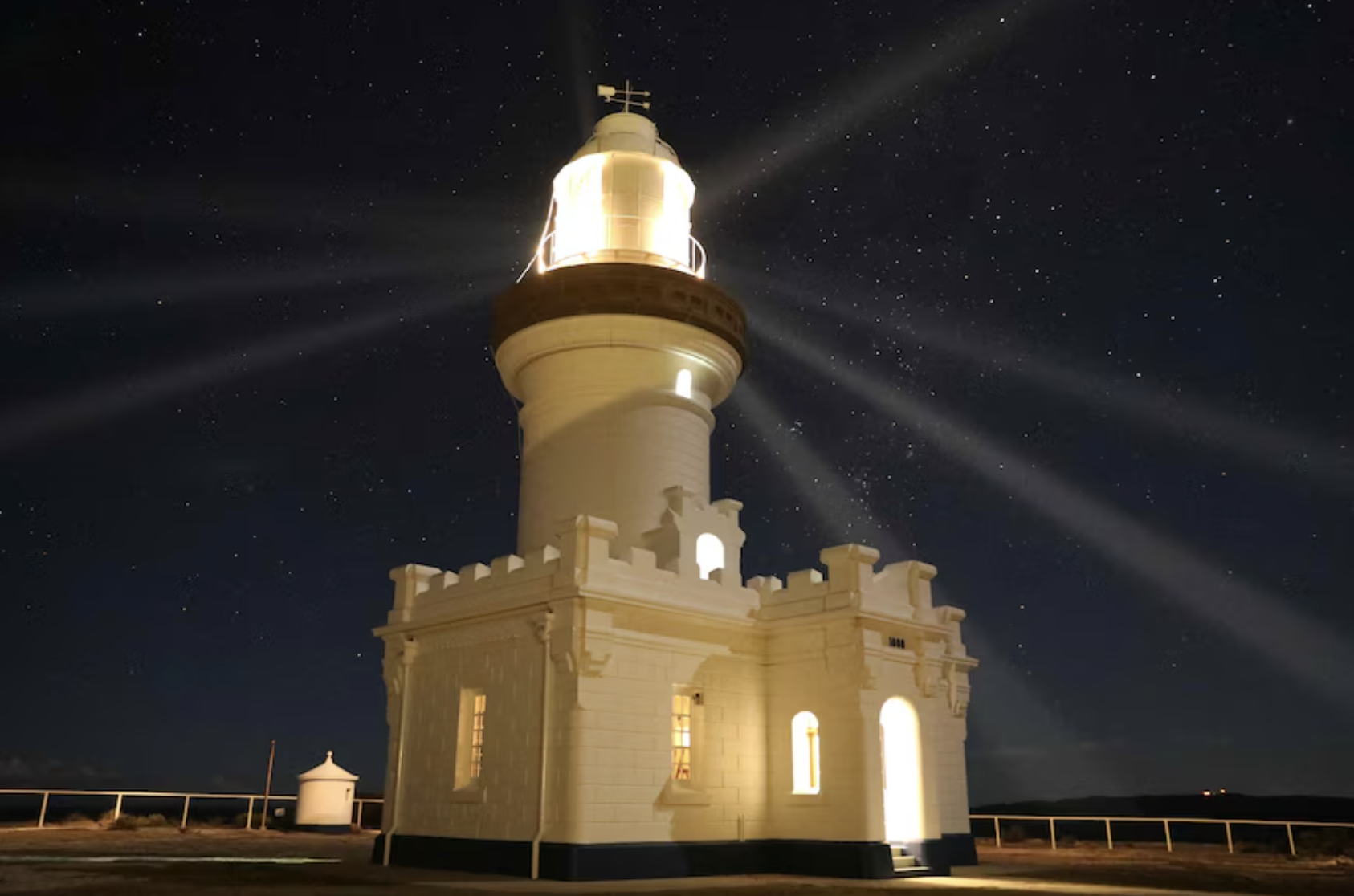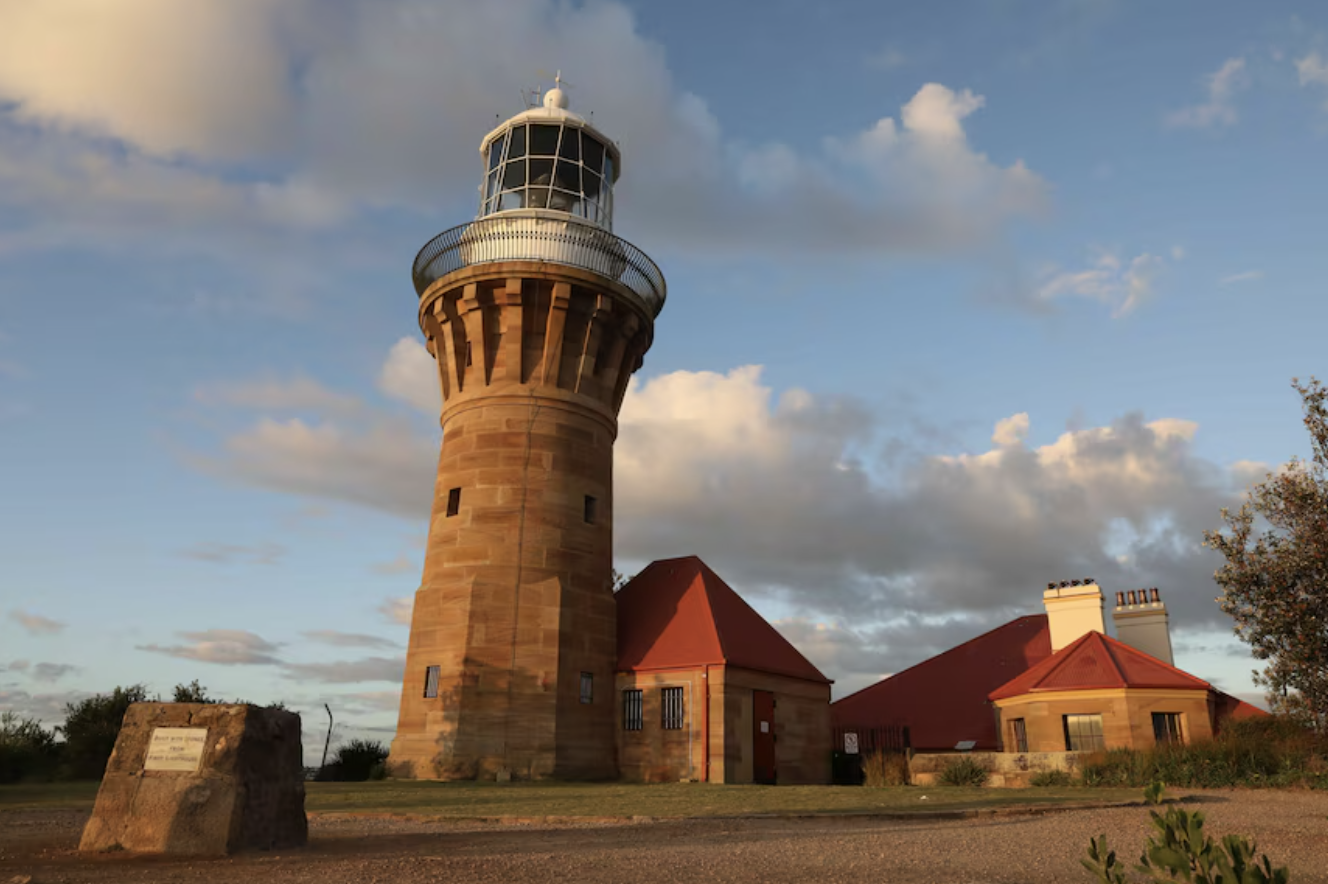still watching over treacherous coastlines
By Gavin McGrath from the ABC
The Point Perpendicular Lighthouse on the Beecroft Peninsula in southern NSW. (Supplied: Ian Clifford)
A lonely sentinel warning sailors of impending danger and guiding them safely on their voyage ... the keeper may have been officially retired three decades ago, but the lighthouse itself continues to stand vigilant.
There are about 150 heritage lighthouses dotted along the Australian seaboard. Sixty-five of them still serve as active beacons, complementing an additional 423 navigational devices.
They are an anachronism when every commercial ship navigates using now-ubiquitous electronic global positioning, but there is still a place for these old-fashioned lights.
The Point Perpendicular Lighthouse on the Beecroft Peninsula in southern NSW. (Supplied: Ian Clifford)
Sarah-Jane Lakshman, the Australian Maritime Safety Authority's aids-to-navigation heritage adviser, says these lighthouses remain a welcome sight for seafarers.
"When you think of just how catastrophic a major shipping incident would be out at sea — we are talking loss of life, we're talking impacts to the environment with oil in the water," Ms Lakshman said.
"When you are dealing with something where the consequences are that bad, you need something as a backup when the technology fails.
"All the ships are aware of where each lighthouse is, where each AIS station or radar beacon would be around the country. Some of these aids to navigation will actually talk to the ship.
The Barrenjoey Head Lighthouse at Palm Beach in NSW. (Supplied: Ian Clifford)
"So each is part of a wider network but they are also quite individual as well. A lighthouse standing in a very specific part of the landscape will alert ships of a very specific hazard or the entrance of a harbour."
While heritage lighthouses are among the most visible and charismatic parts of the aids-to-navigation network, the system is more diverse than that.
It includes buoys with flashing lights and so-called AIS (automatic identification system) stations which perform some of the functions once performed by manned lighthouses.
The older lighthouses have a special place in the hearts of those who pilot and maintain ocean-going vessels of all types, though.
"From my interaction with seafarers, I know the lighthouses not only give them that feeling of safety but also a feeling of home," Ms Lakshman said.
"When you are out at sea for months on end and you don't get to see your family, it's also like a nice warm beacon that reminds you that civilisation is just on the coast right there. It gives them a feeling we are there to look after them and help them get on with their journey safely.
"It goes back to those old days when seafarers didn't have anything other than a lighthouse to remind them of home."
The role of the lighthouse remains much the same as it was when multiple families worked together to keep the lights on through each and every night.
The nature of the lighting itself, and how the lights stay on, has changed.
Lighthouses of Australia Inc is a volunteer organisation that preserves, protects and promotes Australia's heritage lighthouses.
The group's president Ian Clifford says technological advancements have done away with the need for the vigilant lighthouse keeper.
The lighthouse at Cape Schanck was built in 1859. (Supplied: Ian Clifford)




